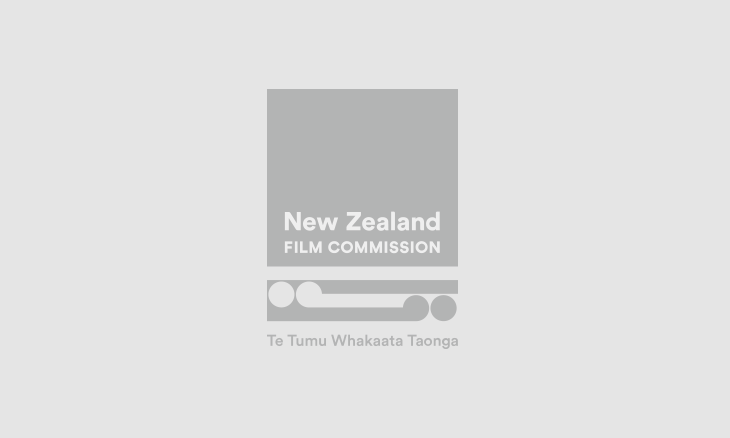Director’s Notes - Peter Burger
"In this film I wanted to capture the complexity of the idea of turangawaewae. For those Māori today, who no longer live in the place where their ancestors have lived for centuries, it becomes important to work out where can a sense of physical, mental, and spiritual security be sourced? The Vietnam War has left this old man (Koro) haunted by his sense of having failed his soldier family to whom he had felt as connected as his own family. This is so overwhelming he cannot return home without guilt. As a consequence, he is left wandering, without “a place to stand” and as we come to see, is not safe, mentally, spiritually or physically.
I was keen to create both the sense of displacement and pain than has haunted Tiare, (a seemingly cantankerous, unbalanced but puckish old man), ever since he was a soldier and an increasing empathy with him.
Much of my work to date has been in television commercials, especially those which make people smile. This poignant, moving script with moments of cheekiness and humour, offered the chance to work to evoke a huge range of feelings. As I work towards my first feature film, this felt an important step.
It has been a great pleasure to work with so many talented artists on this film – some I had worked with before on commercials or television drama and comedy projects, but they all – actors, Director of Photography, editor, designer, everyone who worked on the production and postproduction delivered on my vision for the film.
Just as I started planning for the shoot, I came across the Trinity Roots song Little Things which felt a perfect conclusion. Haere Mai, There’s a Blue Sky Waiting for Me, Tomo Mai and Ma wai ra all contribute crucially to the complexity of the mood and emotional journey of the film. I am very grateful for the generosity of all those who allowed me to use their music to make this film and to Warryn Maxwell for his original music.
It has also been exciting to work with the teams at Oktober and Weta Digital to pioneer in this country a digital blow up of the film from 16 mm to 35mm and make the most of all that digital technology has to offer a director in post production including effects and grading.
I hope people all over the world respond to this film – although many of the concepts in this film are very important in Māori culture, I am sure the feelings are universally comprehensible."


